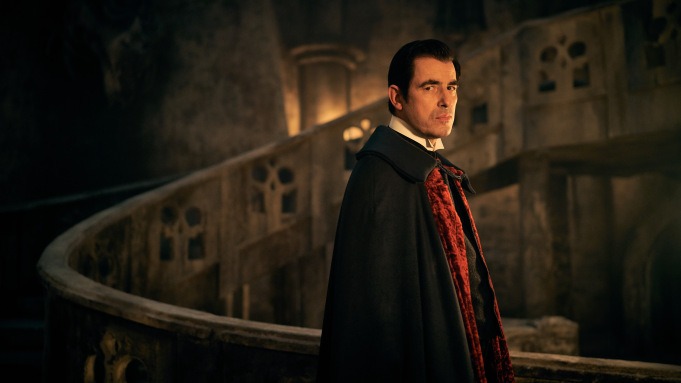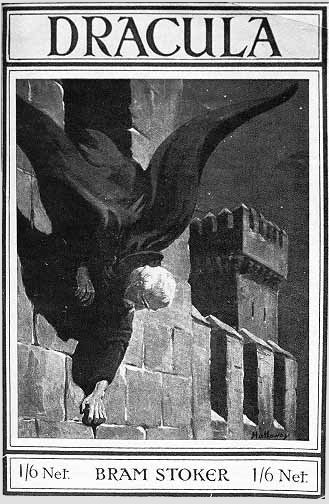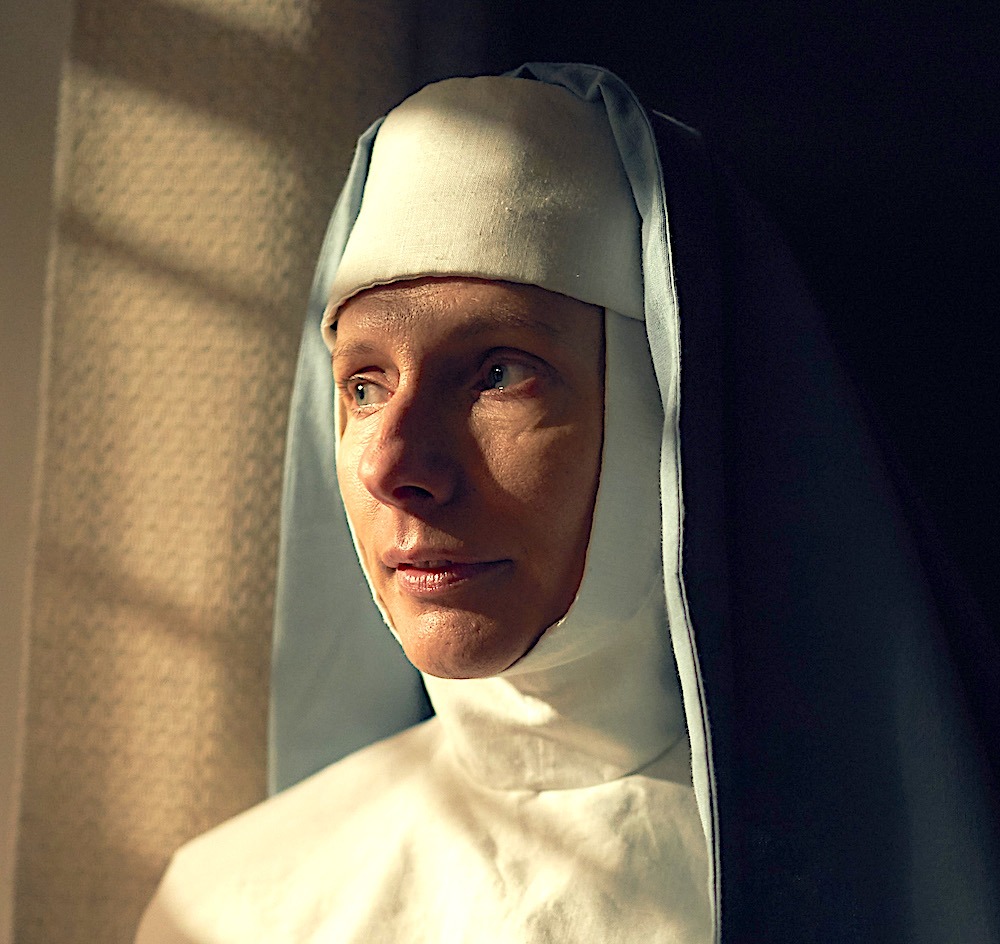
There has been much discussion of the BBC adaptation of Dracula by Steven Moffat and Mark Gatiss, shown this January—and the debate has been highly polarised. The OGOM Project began with a conference on vampires in 2010, followed by our collection of essays Open Graves, Open Minds: Representations of Vampires and the Undead from the Enlightenment to the Present Day, ed. by Sam George and Bill Hughes (Manchester: Manchester University Press, 2013) and a special vampire issue of Gothic Studies. In 2012, we celebrated the centenary of Bram Stoker’s death with a symposium. More recently, in April 2019, we held another symposium for the bicentenary of the publication of John Polidori’s seminal The Vampyre. So it seems appropriate to offer our own thoughts on this new version.

Stoker’s 1897 novel has been a fertile seed for vampire narratives. Endlessly adaptable, the figure of Count Dracula has become a modern myth, perhaps one of those myths of individualism like Robinson Crusoe, Faust, and Don Juan that Ian Watts talks about. Moffat and Gatiss’s three-part drama continues this tradition and self-consciously acknowledges that history of adaptation. In its way, this version is faithful to the narrative structure of Stoker’s novel. In the manner of hypertextuality that Gérard Genette talks about in Palimpsests (where an earlier hypotext is transformed into new texts by various operations), this new Dracula reconfigures minor plot episodes in the original in some startling ways. Thus Jonathan Harker’s recovery in the Hospital of St Joseph and Ste Mary in Budapest is expanded into a sequence that introduces the fascinating Sister Agatha (excellently portrayed by Dolly Wells), who here is ingeniously conflated with Van Helsing. The voyage of the Demeter is likewise developed into a new subplot (incorporating John Polidori’s foundational vampire, Lord Ruthven) that takes up the second episode. Other episodes in the original are condensed or transposed; the third part takes place in the present day, updating the characters of Lucy Westenra, Dr Seward, and Quincey P. Morris.
The whole is suitably horrifying; the plot is gripping; and it is visually spectacular. The original novel is known for its hybrid use of different narrative techniques (Harker and Mina’s journals, newspaper accounts, Dr Seward’s phonograph recordings, and so on); this retelling cleverly draws attention to the centrality of storytelling.

Count Dracula in Stoker’s novel, after Harker’s account of him in the castle, is notably voiceless. The focalisation from then on is entirely through his foes; he is monstrous object, completely alien and unknowable. Like most vampires of the late twentieth and early twenty-first century (since, in particular, Fred Saberhagen’s 1975 The Dracula Tape, Anne Rice’s 1976 Interview With the Vampire, and Frances Ford Coppola’s 1992 film Bram Stoker’s Dracula), this Dracula (Claes Bang) has a voice. In such narratives, this has enabled all sorts of explorations of otherness, morality, and mortality. But what voice has Moffat and Gatiss granted him? Unfortunately, it is an all too familiar one: the delivery of superficial wisecracks, so much in the manner of other roles by Moffat (such as the Doctor in Dr Who) that he becomes indistinguishable from them (or even a seedy James Bond). Some of his powers of persuasion and manipulation emerge at moments but the opportunity to do anything original with his subjectivity is mostly not taken.
Sister Agatha identifies Dracula as simply a parasite. And perhaps, in the end, this is all he is: pure voraciousness. He replies that he is a connoisseur. There is an interesting paradox about identity that is raised here but not pursued. Dracula ingests many of the mental characteristics and faculties of his victims along with his blood. As ‘connoisseur’, he selects his victims for their knowledge, sophistication, or the complexity of their experiences. Does his connoisseurship then precede the sophistication of the mentalities he has acquired?

All post-Dracula vampire narratives at some point try and justify or explain vampire ‘lore’—the now-conventional vulnerabilities of the creature such as garlic, sunlight, lack of reflection in a mirror, the crucifix, and so on. This happens here, too—the audience is teased from the beginning about the role of the mirror and the reasons for Dracula’s aversion to sunlight and holy symbols. At the climax, there is the trite revelation that Dracula’s greatest fear is—death; and, bathetically, he dies. This shallowness pervades the drama. The character of Mina, for instance, so full of strength and complexity in the novel, is much diminished here and she is soon eliminated. Lucy’s original light flirtatiousness is transformed into a shallowness and vanity that is punished somewhat moralistically; there is some misogyny here, I feel. None of the characters are developed enough for us to feel much empathy with them, though Sister Agatha van Helsing has justly attracted approval. Her religious doubts and her courage add a moment of substance.
So there are aspects to enjoy in this reworking but there is a lack of depth, typified by the empty cipher of Count Dracula and his often platitudinous one-liners and lack of motivation. Likewise, the allusiveness (admired by many viewers, it seems) is equally shallow; the myriad references to other Draculas and to Gothic and horror in general are there purely to be allusive—they don’t add to the depth or assist the plot. I’m not sure I would be eager to watch this again.
However, Catherine Spooner makes a convincing case for this version’s contemporary relevance during Brexit and amidst anxieties about migration. Lucy Mangan in The Guardian is thrilled by it, admiring its cleverness and humour (as does Spooner). Sally Minogue praises it but finds the third episode disappointing (a common sentiment, judging from social media commentary on the production). Gerard Gilbert of The Independent interviews Moffat and Gatiss and supplies some background to the making of the drama. There’s also a short clip from the BBC about the production here.
